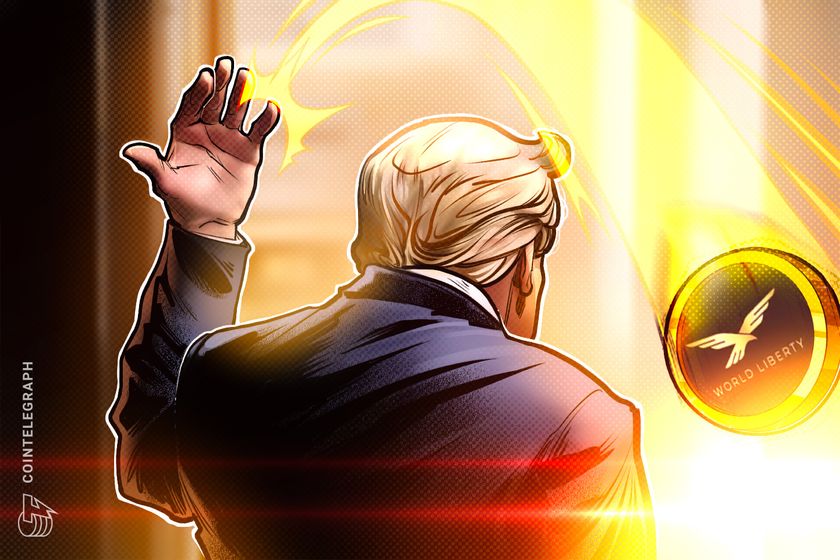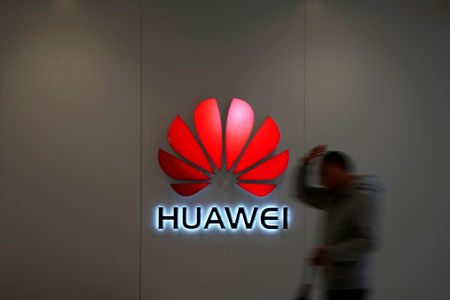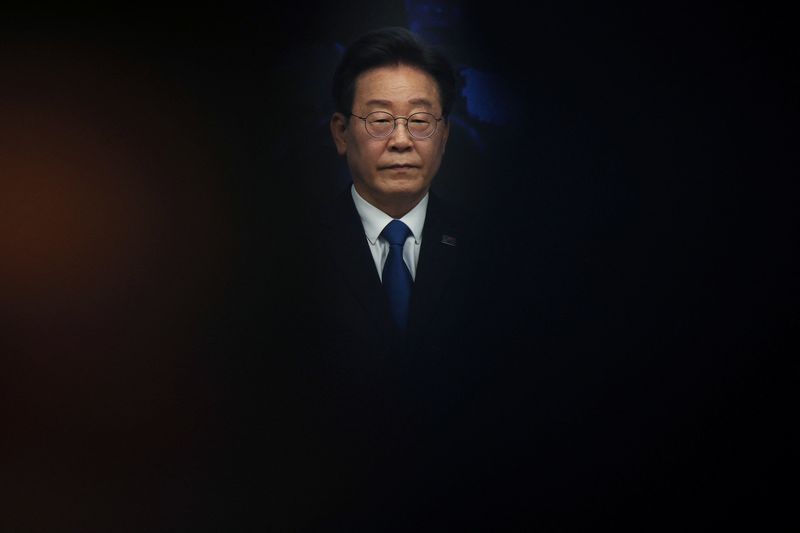Bitcoin Faces Pressure Amid Trump’s Mixed Signals on Tariffs and Inflation Concerns; Could Key Support Level Hold?

The post Bitcoin Faces Pressure Amid Trump’s Mixed Signals on Tariffs and Inflation Concerns; Could Key Support Level Hold? appeared on BitcoinEthereumNews.com.
Bitcoin experienced a notable decline of over 2% on Sunday, primarily influenced by mixed signals regarding China tariffs from the Trump administration, which further intensified inflation concerns. This downturn brought Bitcoin’s price down to $83,482 during early Asian trading hours, highlighting a struggle amid broader economic uncertainty. As noted by CoinGecko, Ethereum fell below the $1,600 mark, illustrating a broader trend of underperformance in the crypto market contrasted with equity markets’ resilience. Bitcoin drops over 2% amid Trump’s tariff confusion, raising inflation concerns and affecting crypto market stability as traders seek clarity. Impact of Trade Policy Uncertainty on Crypto Markets The recent fluctuations in Bitcoin prices highlight the profound impact of political decisions on digital assets. The mixed messages from Washington regarding potential tariffs on Chinese electronics have left traders apprehensive. When President Trump confirmed that while certain products were excluded from a new tariff regime, they would still be subjected to existing tariffs tied to national security, it sent ripples through the investment community. Market Reactions to Tariff Announcements Following these announcements, equity markets showed a more resilient response, with Nasdaq 100 futures rising by over 1% and S&P 500 futures gaining 0.7%. In contrast, the crypto space fell to new lows, suggesting a lack of confidence among digital asset investors. Experts have expressed concerns that the ongoing geopolitical tensions signify a challenging landscape for cryptocurrencies, especially regarding institutional investments. Inflation Fears and Federal Reserve Policies Traders in the crypto market were initially optimistic as signs indicated inflation might be trending downward. However, recent tariffs introduce new inflationary pressures, complicating the Federal Reserve’s policy outlook. Analysts predict that these tariffs could impact expectations surrounding emergency rate cuts before upcoming Federal meetings. Hence, the anticipation of a higher interest rate environment could create additional downward pressure on riskier assets, including…








































